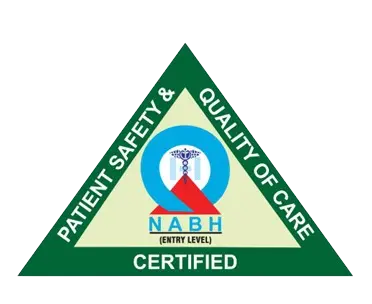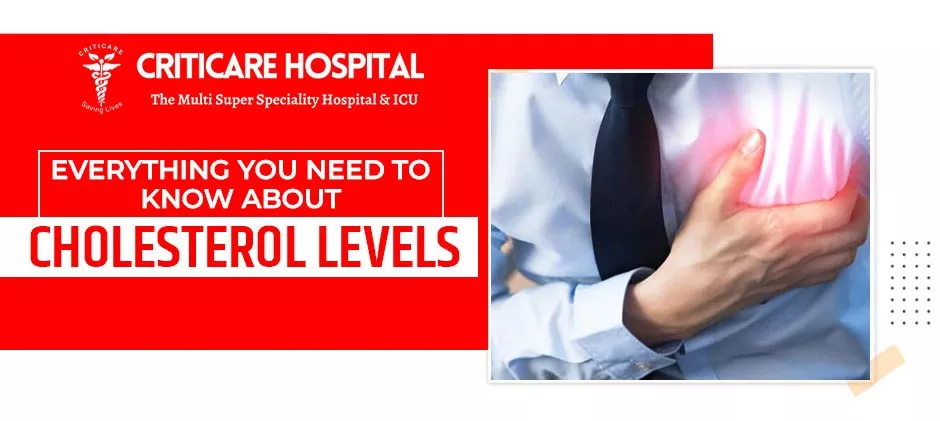Everything You Need to Know About Cholesterol LEVELS
Cholesterol is a waxy, fat-like substance that is produced by the liver and found in certain foods. There are two main types of cholesterol: low-density lipoprotein (LDL) and high-density lipoprotein (HDL).
Cholesterol is formed in the body by a complex process that involves several different enzymes and pathways. The liver is the primary organ responsible for producing cholesterol, but other tissues such as the small intestine and adrenal gland also contribute to its formation.
The process of cholesterol production begins with the synthesis of a molecule called Acetyl-CoA. This molecule is produced through the breakdown of carbohydrates, fats, and proteins in the diet, as well as through the degradation of stored fat. Acetyl-CoA then enters a series of reactions known as the “Krebs cycle” or “citric acid cycle”, which produces energy for the body’s cells.
A part of the Acetyl-CoA is used to form another molecule called HMG-CoA (hydroxymethylglutaryl-CoA). This molecule then goes through a series of reactions that convert it into cholesterol, which is either used by the body or stored in the liver. The liver also regulates the cholesterol level in the body by producing LDL receptors that bind and remove LDLs from the bloodstream.
Certain genetic conditions can also cause an increase in cholesterol production. A genetic condition called familial hypercholesterolemia (FH) is characterized by high levels of LDL cholesterol and an increased risk of heart disease.
Certain lifestyle factors such as poor diet, lack of physical activity, and obesity can also contribute to high cholesterol levels.
HDL: The "Good" Cholesterol LEVEL
HDL, or high-density lipoprotein, is often referred to as “good” cholesterol because it helps to remove LDL, or “bad” cholesterol, from the bloodstream. HDL particles pick up excess LDL cholesterol and transport it back to the liver, where it is broken down and removed from the body.
Having high levels of HDL cholesterol is associated with a lower risk of heart disease and stroke. Researchers believe that this is because HDL cholesterol helps to keep the arteries clear of plaque buildup, which can reduce the risk of blockages that can lead to a heart attack or stroke.
There are several things that can be done to increase HDL levels:
- Regular physical activity.
- Maintaining a healthy weight.
- Eating a healthy diet that is high in fruits, vegetables, whole grains, and healthy fats
- Quit smoking.
- Limiting alcohol intake.
- Certain medications like niacin and fish oil supplements have also been shown to raise HDL levels.
It’s important to note that while HDL is considered “good” cholesterol, high levels of HDL cholesterol don’t necessarily guarantee a low risk of heart disease, other risk factors such as high blood pressure, obesity, or diabetes can also play an important role in the development of cardiovascular disease. So, it’s crucial to take a holistic approach to manage your health, including monitoring other health markers along with cholesterol.
LDL: The "Bad" Cholesterol LEVEL
Low-density lipoprotein (LDL) is often referred to as “bad” cholesterol because it can contribute to the buildup of plaque in the arteries. The plaque, which is made up of cholesterol, fat, and other substances, can narrow and harden the arteries, making it more difficult for blood to flow through them. This can increase the risk of heart disease and stroke.
LDL particles come in different sizes, if smaller particles are present in large numbers, it increases the risk of heart disease, while larger particles are less risky.
There are several things that can be done to lower LDL levels:
- Eating a healthy diet that is low in saturated and trans fats.
- Regular physical activity.
- Maintaining a healthy weight.
- Taking cholesterol-lowering medications such as statins.
- Drinking a moderate amount of alcohol.
- Quit smoking.
It’s important to work with your healthcare provider to determine your LDL cholesterol level and to develop a plan to manage it if it’s too high. The goal is to keep LDL cholesterol levels at or below the recommended level for your specific risk factors. In some cases, lifestyle changes alone may not be enough to lower LDL cholesterol to a safe level, and medication may be necessary.
VLDL Cholesterol
VLDL (very low-density lipoprotein) cholesterol is another type of cholesterol that is present in the bloodstream. Like LDL, it is considered “bad” cholesterol because it can contribute to the buildup of plaque in the arteries.
VLDL particles are primarily made up of triglycerides which are a type of fat that is found in the bloodstream. VLDL particles are produced by the liver and are responsible for delivering triglycerides to the body’s tissues where they can be used for energy.
The main difference between LDL and VLDL cholesterol is their composition. VLDL cholesterol is primarily made up of triglycerides, while LDL cholesterol is primarily made up of cholesterol. When VLDL particles lose triglycerides through a process called lipolysis, it turns into LDL particles. So, a High level of VLDL cholesterol is often associated with high levels of triglycerides and low levels of HDL cholesterol, which are independent risk factors for heart disease and stroke.
Some other types of Cholesterol levels-
Triglycerides: Triglycerides are a type of fat found in the bloodstream. High levels of triglycerides can be an independent risk factor for heart disease and are often associated with high levels of LDL and low levels of HDL cholesterol.
Lipoprotein(a) or Lp(a): Lp(a) is a subtype of LDL cholesterol. A high level of Lp(a) is a genetic risk factor for cardiovascular disease and stroke.
It’s important to know all the types of cholesterol levels because different types of cholesterol have different impacts on health and might need different treatment approaches. Your healthcare provider will recommend an appropriate treatment plan according to your cholesterol profile and risk factors.
Benefits of maintaining balanced Cholesterol levels
Having balanced cholesterol levels is important because high cholesterol levels can increase the risk of heart disease and stroke. Cholesterol is a waxy, fat-like substance that is produced by the liver and found in certain foods. When there is too much cholesterol in the bloodstream, it can accumulate on the walls of the arteries, forming plaque. This can cause the arteries to narrow and harden, a condition known as atherosclerosis.
Atherosclerosis can reduce the flow of blood to the heart and brain, increasing the risk of heart attack and stroke. When the plaque ruptures, it can cause a clot to form, blocking the flow of blood to the heart or brain, which can be life-threatening.
When cholesterol levels are balanced, there is less plaque buildup in the arteries, and the risk of heart disease and stroke is reduced. Having balanced cholesterol levels also helps with maintaining overall cardiovascular health.
Balanced cholesterol levels can be achieved through a combination of lifestyle changes and medications. A healthy diet, regular physical activity, maintaining a healthy weight, not smoking, and limiting alcohol intake can all help to lower cholesterol levels. In some cases, cholesterol-lowering medications may also be necessary.
It is also worth noting that having balanced cholesterol levels can also help to maintain overall health, including cognitive function and maintaining a healthy immune system. By maintaining balanced cholesterol levels, you can improve your overall quality of life and reduce your risk of chronic diseases.




